Music royalties are notoriously complicated: if you were hoping for a cut-and-dry “a song got this many plays on Spotify, so the artist gets this much $” type situation, then you’re in for a rude surprise. There are a ton of different players, some of whom have partial ownership of copyrights, and some who are just middlemen collecting royalties and taking a cut. Take, for example, if you’re a singer/songwriter with music on Spotify: Spotify will pay out several types of royalties for each play, and between you and Spotify, there will likely be a record label, publisher, distributor, and a collective management organization. And then, to complicate things even further, between all these players, there are multiple layers of deals and calculations that determine exactly what you end up with.
How does this all sync up? How do royalties travel through the pipeline and ultimately end up in the artist’s pocket? Soundcharts explains with this first, top level overview on the royalties, powering the music business. Today, we will establish the main royalty types, and primary players involved in royalty collection and distribution system — and get down to details, zooming in on particular royalty types in the coming articles.
WHAT ARE MUSIC ROYALTIES?
Music royalties are payments that go to recording artists, songwriters, composers, publishers, and other copyright holders for the right to use their intellectual property. There are U.S. copyright laws that give artists these exclusive rights to their work. Music Royalties are also generated for various types of licensing and usage. The types of music royalties include mechanical, public performance, synchronization, and print music. The music industry relies on these royalties as a primary form of payment to musicians. Moreover, contracts define music royalty agreements between the creator and the distributor.

WHAT ARE THE TYPES OF MUSIC ROYALTIES?
There are four different types of music royalties. Each music royalty type also has separate and distinct copyrights. The four sources of royalty revenue in the music industry are:
1. MECHANICAL ROYALTIES. Royalties are generated for the physical or digital reproduction and distribution of copyrighted works. This applies to all music formats such as vinyl, CD, cassette, digital downloads, and streaming services. For example, a record label pays a mechanical royalty to a songwriter every time they press a CD of their music.
2. PUBLIC PERFORMANCE ROYALTIES. Royalties generated for copyrighted works performed, recorded, played, or streamed in public. This includes radio, television, bars, restaurants, clubs, live concerts, music streaming services, and anywhere else the music plays in public. Performance Rights Organizations known as PROs often collect performance royalties. PRO organizations such as ASCAP, BMI, and SESAC negotiate licenses for public performances and tracks their usage. They also collect and distribute the royalties generated to the rights holders.
3. SYNCHRONIZATION ROYALTIES (SYNC). Royalties generated for copyrighted music paired or ‘synced’ with visual media. Sync licenses allow the right to use copyrighted music in films, television, commercials, video games, online streaming, advertisements, and any other type of visual media. Furthermore, a synchronization license does not include the right to use an existing recording with audiovisual media. A licensee will also need a master use license before using copyrighted music with a new audiovisual project. This is an agreement between the master recording owner such as a record label and the person seeking permission to use the recording. Any use of protected music in an audiovisual project, whether it’s a full song or short sample, will need a master license as well as a sync license. For example, you need both a sync and master agreement before syncing up the latest Jauz track with your wakeboarding video on YouTube.
4. PRINT MUSIC ROYALTIES. Print royalties are the least common form of payment a copyright holder receives. This type of royalty applies to copyrighted music transcribed to a print piece such as sheet music and then distributed. Additionally, these fees are often paid out to the copyright holder based on the number of copies made of the printed piece.
HOW DO MUSIC ROYALTIES WORK?
Music royalties and copyrights is a complex subject. This guide outlines the basic rights and usages of musical compositions.
TYPES OF COPYRIGHTS FOR MUSIC
There are two sides of music copyrights: master rights and publishing rights.Master rights belong to the owner of a master sound recording. A master recording is an original song or sound used for reproduction and distribution. Master rights usually belong to either the artist(s), record label, recording studio, or any other party that financed the recording.Publishing rights belong to the owner of the actual musical composition. The publishing side of music refers to the notes, melodies, chords, rhythms, lyrics, and any other piece of original musicc.
WHO GETS MUSIC ROYALTIES AND ADMINISTERS MUSIC ROYALTIES
The following roles either receive or distribute music royalties for the use of copyrighted music.
1. SONGWRITERS
Songwriters are those who write both the music and lyrics for a song. They receive either mechanical, performance, or sync royalties depending on the usage of their recordings.
2. PUBLISHERS
The publisher is the person or company responsible for ensuring copyright holders receive payment for the use of their music. For example, a music publisher will obtain the copyright from the songwriter in exchange for royalty privileges. They also issue licenses for the use of music they represent as well as collect licensing fees. These fees get split between the publisher and the songwriter.
3. RECORD LABELS
Record labels are responsible for marketing and distributing an artist’s recordings. Generally, they issue contracts that allow them to exploit recordings in exchange for royalty payments over a set length of time. They also often have the master rights to a recorded song, but not the publishing rights. Moreover, record labels generate royalty income from mechanical and performance royalties. The artist then receives a percentage of these royalties.
4. PERFORMANCE ARTISTS
performing artist is anyone who performs the songwriter’s original work. Performers do not have publishing rights unless they are also the songwriter. Moreover, public performances of copyrighted music generate performance royalties for songwriters. These fees are often collected by the PROs such as ASCAP, BMI, or SESAC.
5. PERFORMING RIGHTS ORGANIZATION (PRO)
PROs collect public performance royalties and distribute those fees to the songwriter and music publisher. These organizations also track performances and broadcasting of registered music played in public. The PROs in the United States include ASCAP, BMI, and SESAC.
6. MECHANICAL RIGHTS AGENCY
Mechanical rights agencies manage mechanical licensing rights for the music publisher. They also issue those rights to anyone reproducing and distributing copyrighted musical compositions. These agencies often charge a set percentage of gross royalties collected for their services.
7. SYNC LICENSING AGENCY
Sync licensing agencies acquire the rights from record labels and music publishers to issue licenses for syncing music with visual media. They also distribute royalties for sync licenses to whoever owns the master recording rights.
MUSIC ROYALTIES BREAKDOWN
Various music copyright usages generate royalties. New royalty streams emerge as the music industry and technology continue to evolve. Additionally, every song has two copyrights. There are copyrights for musical compositions, which consist of the underlying music and any lyrics. The other is copyrights for the “master recording” used for reproduction and distribution.
There is a difference between licensing and royalties. A license gives the right to use a musical composition owned by someone else. While royalties are the payments generated for the use of those compositions.
In general, artists issue exclusive rights to a publishing company for the use of their recordings in exchange for royalties. The music publisher has the right to release the recording or issue rights to either a record label or mechanical rights agency. Additionally, artists can assign the master sound recording copyright to a record label. This agreement allows the label to reproduce, distribute, and license that recording in exchange for royalties.
Furthermore, all parties involved in the production receive a percentage of royalty payments. The royalty amounts are often negotiated upfront and then defined in a legally binding agreement.
Source: icon collective & Jonilar


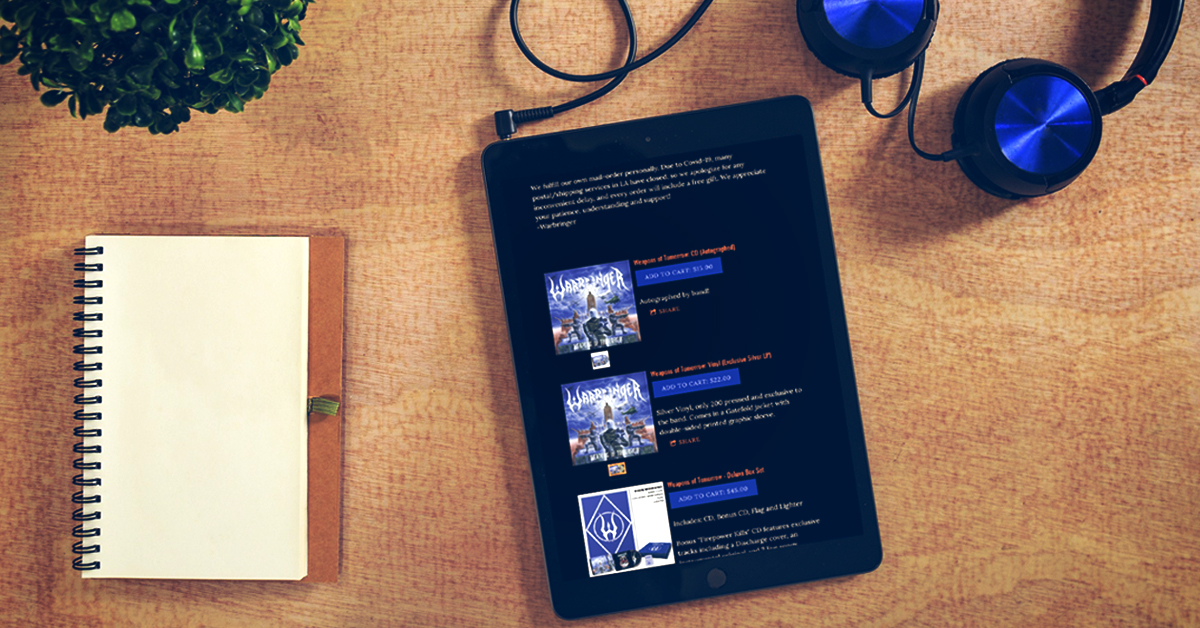


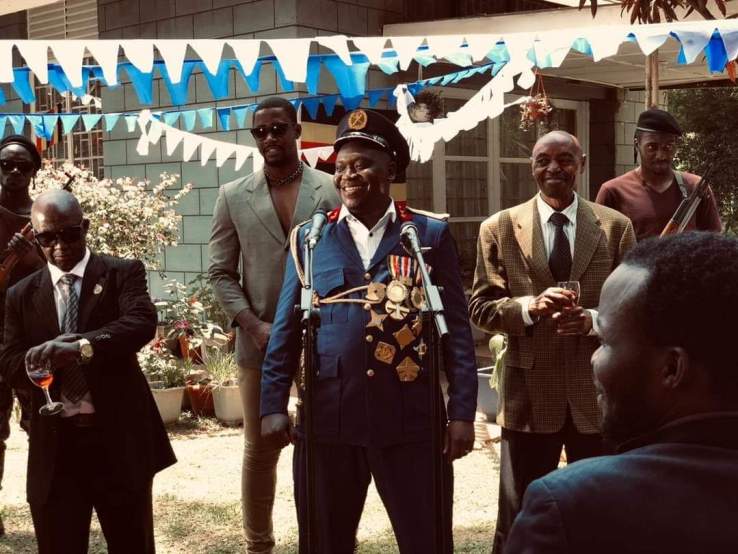
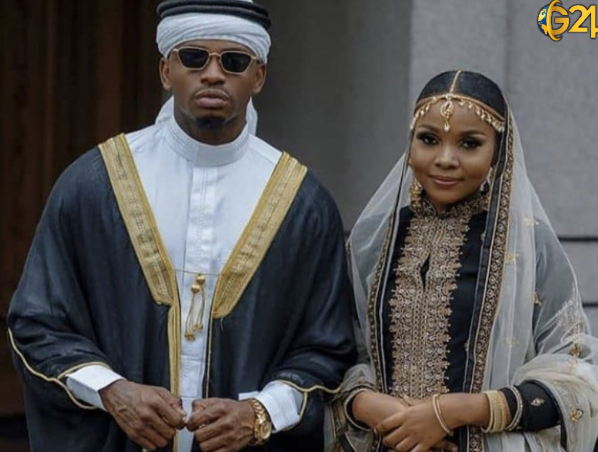
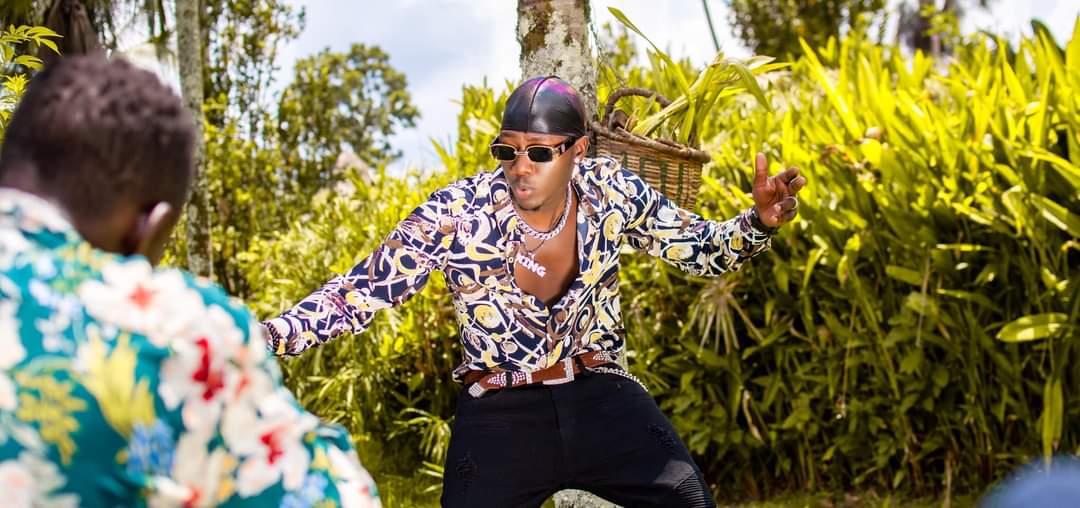


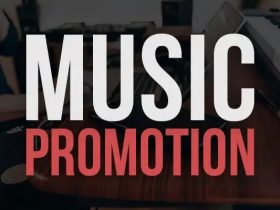
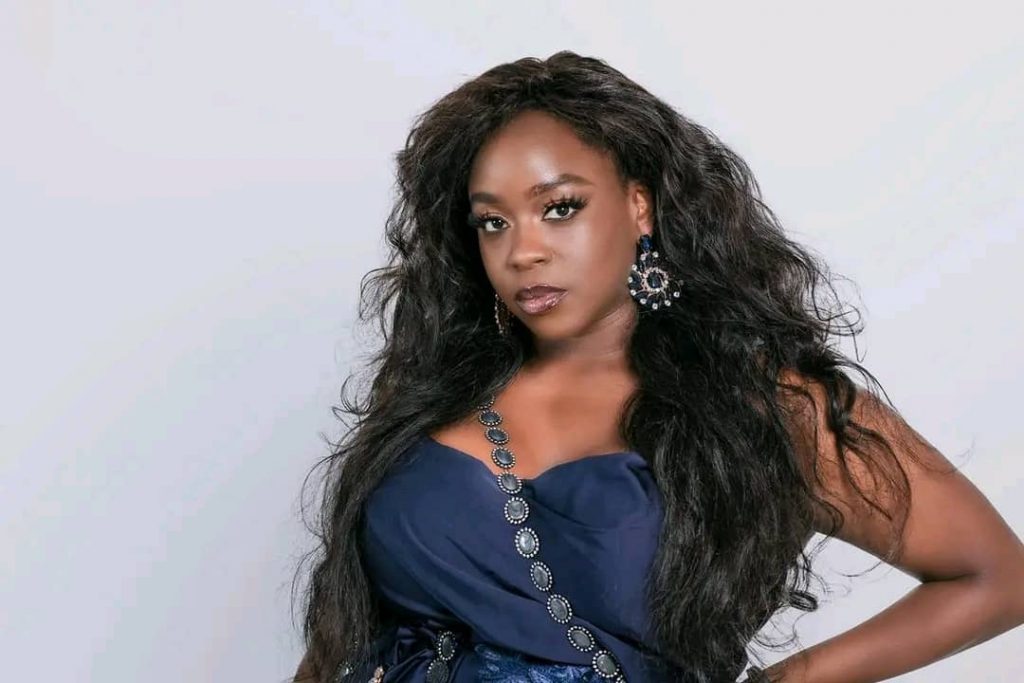
Leave a Reply